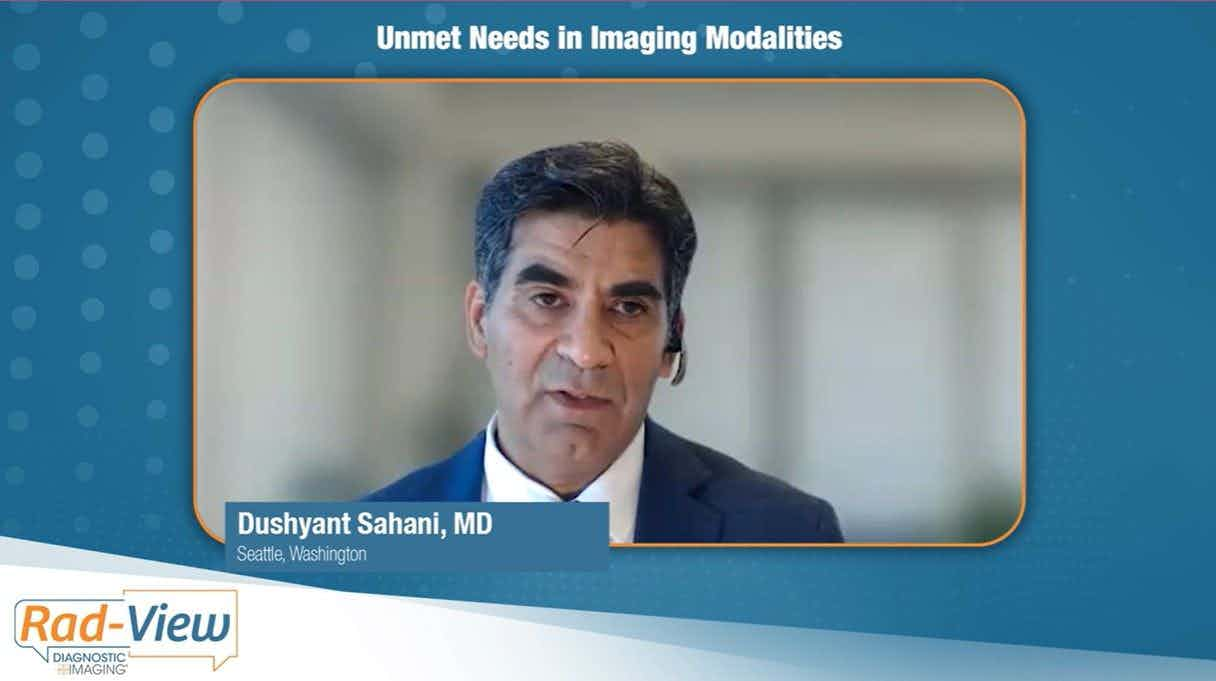Contrast-induced nephropathy blamed for long-term adverse events after cardiac angiography
Slightly more than one of every 10 patients with moderate-to-severe kidney disease who undergo coronary angiography enhanced with iopamidol or iodixinol contrast media will die or experience another major adverse event, such as stroke or myocardial infarction, in the year following imaging because of contrast-induced nephropathy (CIN) associated with the procedure.
Slightly more than one of every 10 patients with moderate-to-severe kidney disease who undergo coronary angiography enhanced with iopamidol or iodixinol contrast media will die or experience another major adverse event, such as stroke or myocardial infarction, in the year following imaging because of contrast-induced nephropathy (CIN) associated with the procedure.
The adjusted rate of adverse events was twice as high during the 12 months after cardiac angiography for patients who experienced CIN than those who did not incur contrast-related kidney, according to Cardiac Angiography in Renally Impaired Patients (CARE), a multi-center, prospective, double blinded, randomized trial.
CARE was originally conceived as a way to compare the safety profiles of iopamidol (Isovue, Bracco Diagnostics) and iodixinol (Visipaque, GE Healthcare). Initial findings, published in Circulation in 2007, did not establish a statistically significant difference in CIN incidence for the two agents, according to chief investigator Dr. Richard J. Solomon, director of the hypertension and nephrology division at the University of Vermont.
Bracco Diagnostics sponsored the trial and contracted with Solomon and several of his collaborators as paid consultants.
Solomon and colleagues modified the way they defined CIN to produce a more sensitive measure for the current study. CIN, defined by the conventional measure of elevated serum creatinine, arose for 11.1% of 414 patients in the original study.
A year later researchers were unable to follow up with 120 subjects for various reasons, leaving 294 for the current trial. The CIN rate for this group was calculated using cystatin C, an alternative marker for glomerular filtration rate. Based on this measure, Solomon established an overall CIN rate of 17.4%.
More importantly, Solomon and his group learned from one-year follow-ups that 31% of the patients experienced an adverse cardiac event, including end-stage kidney disease, coronary revascularization, or the development of congestive heart failure for 31% of the patients. About 13% of patients experienced a major event.
The results indicate that CIN is associated with a higher probability of adverse events and that seemingly minor and reversible kidney damage from an exam enhanced with an iodinated contrast agent can lead to serious health problems.
"That support the hypothesis that acute kidney injury (from CIN) is the determinant for a long-term adverse event," Solomon said in an interview. The study, published in Clinical Journal of the American Society Nephrology, also established that iopamidol did a better job than iodixinol with regard to kidney safety, and translated into a reduction in long-term adverse outcomes, he said.
In the absence of contrast-induced kidney damage, no difference in the incidence of long-term health effects between patients who received iopamidol or iodixinol was observed. But investigators found that patient administered iopamidol had reduced incidences of both kidney damage and long-term negative clinical effects.
The overall adverse event rate, for iopamidol and iodixinol were 27% and 36% respectively. Iopamidol had an 11% rate for major events, while iodixinol had a 13% rate. Both differences are statistically significant, Solomon said.
Still, Solomon considers these findings of secondary importance to the link established between CIN and bad clinical outcomes.
"Efforts should be made to prevent such occurrences," he said.
FDA Clears AI Assessment of Ischemic Core Volume on CT with Brainomix 360 Platform
April 8th 2025For patients with acute ischemic stroke, research has demonstrated that automated assessment of ischemic core volume on brain CT scans via the Brainomix 360 software is equivalent to that derived from CT perfusion.
GE HealthCare Debuts AI-Powered Cardiac CT Device at ACC Conference
April 1st 2025Featuring enhanced low-dose image quality with motion-free images, the Revolution Vibe CT system reportedly facilitates improved diagnostic clarity for patients with conditions ranging from in-stent restenosis to atrial fibrillation.
The Reading Room: Racial and Ethnic Minorities, Cancer Screenings, and COVID-19
November 3rd 2020In this podcast episode, Dr. Shalom Kalnicki, from Montefiore and Albert Einstein College of Medicine, discusses the disparities minority patients face with cancer screenings and what can be done to increase access during the pandemic.
Predicting Diabetes on CT Scans: What New Research Reveals with Pancreatic Imaging Biomarkers
March 25th 2025Attenuation-based biomarkers on computed tomography (CT) scans demonstrated a 93 percent interclass correlation coefficient (ICC) agreement across three pancreatic segmentation algorithms for predicting diabetes, according to a study involving over 9,700 patients.










